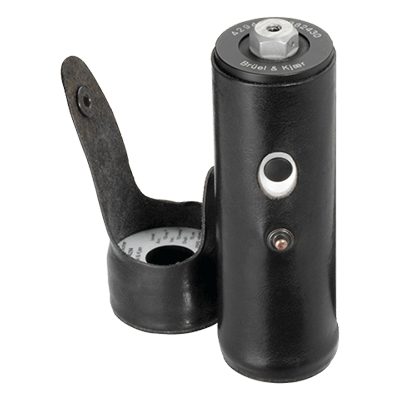What Is a Vibrator?

A vibrator is a device designed to test the strength and reliability of products by applying vibration, typically used in mechanical engineering, civil engineering, and architecture to simulate the effects of shaking structures, including earthquake simulations.
Applications of Vibrators
Vibrators play a crucial role in the development and quality assurance of industrial products, as well as in evaluating the durability of structures in civil engineering and construction. They help in testing how components, like those in automobiles or entire buildings, withstand vibrations to ensure no functional breakdown or abnormal noise occurs, mimicking conditions such as vehicle motion or seismic activity.
Principle of Vibrators
The operation of vibrators is based on the principle of electrokinetic vibration, similar to how speakers produce sound through air vibrations. Utilizing Fleming’s left-hand rule, vibrators control the force generated by magnetic fields and electric currents to create precise vibrations. Feedback circuits are employed to monitor and adjust the vibrations to achieve the desired outcome.
Types of Vibrators
Vibrators come in various forms, including mechanical, hydraulic, electrodynamic, and piezoelectric, each suitable for different testing requirements and object sizes:
1. Mechanical Vibrators
Mechanical shakers are preferred for large-scale strength and durability tests, capable of generating significant vibratory forces at low frequencies.
2. Hydraulic Vibrators
Hydraulic vibrators, known for their compact size yet large excitation force, are versatile, supporting a wide frequency range and the generation of arbitrary waveforms, making them ideal for comprehensive vehicle testing.
3. Electrodynamic Type Vibrators
Electrodynamic shakers, while less powerful than hydraulic types, can operate at higher frequencies, suitable for small to medium-sized test objects.
4. Piezoelectric Vibrators
Piezoelectric shakers excel in high-frequency applications but offer lower vibratory force, typically used when testing requires frequencies in the tens of kilohertz range.
Other Information on Vibrators
Types of Vibration Testing
Vibration testing with vibrators can be categorized into several types, each designed to simulate different environmental conditions and responses:
- Sweep Test: The frequency varies continuously to simulate scenarios like a car’s accelerating engine.
- Spot Test: Applies a continuous sine wave at a specific frequency, used when the environmental vibration is known.
- Random Wave Vibration Test: Applies vibrations randomly to identify resonance phenomena within the product.
- Shock Wave Vibration Test: Simulates short-duration, large-amplitude vibrations to mimic impacts or collisions.